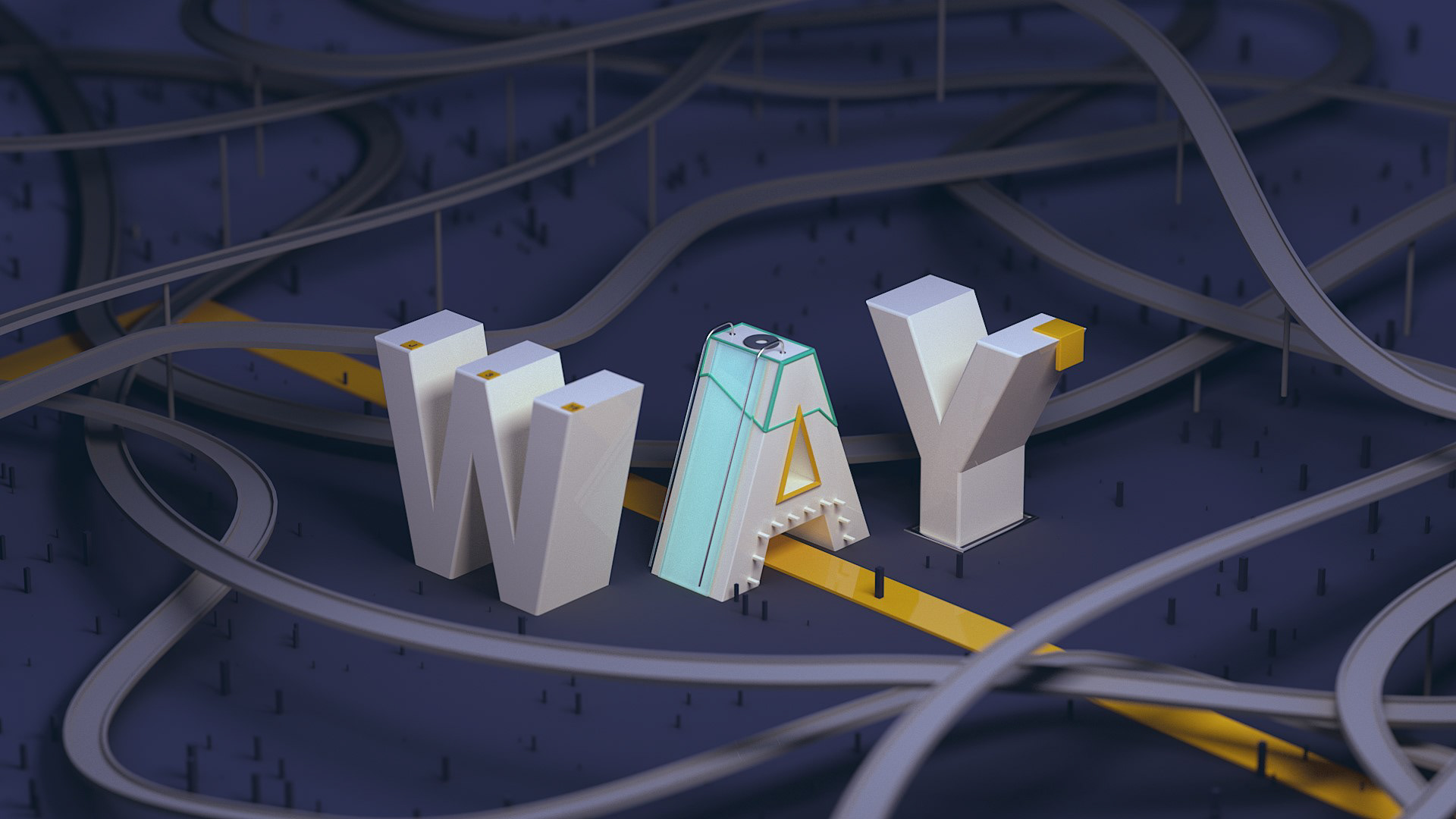

These kinds of AOVs can be used in post to allow for much greater flexibility, like being able to add bokeh depth of field effects by making use of a Depth AOV. There are other built-in AOVs that can contain non-beauty data like depth information, motion vectors, and world position information. You can add even more control with Integrated AOVs by making use of Light Group AOVs, these can give you per-light control of your render in post. Redshift can output these shading elements isolated on their own separate AOV pass which can help with things like fast small-scale color adjustments in post without having to re-render the entire frame. These built-in AOVs are referred to as Integrated AOVs. While typically Redshift will only produce a color for each pixel of the frame you can configure it to include individual shading elements like reflections, refractions, global illumination, etc. It refers to the different types of per-pixel information Redshift can produce. AOV stands for "arbitrary output variables".


 0 kommentar(er)
0 kommentar(er)
